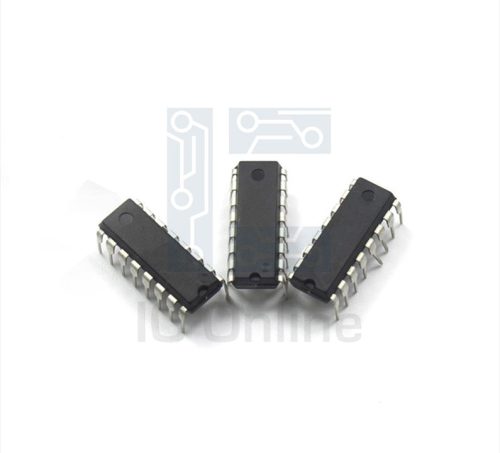DDTD114EC-7-F Overview
The DDTD114EC-7-F is a high-performance diode designed for efficient switching and low forward voltage drop, making it ideal for power management applications. This device supports fast recovery times and exhibits robust avalanche energy capability, ensuring reliability under demanding electrical conditions. Engineered for surface-mount applications, it offers a compact footprint with excellent thermal performance. The diode??s characteristics make it suitable for use in power supplies, inverters, and industrial equipment. For detailed technical support and procurement, visit IC 제조업체.
DDTD114EC-7-F Technical Specifications
| 매개변수 | 가치 |
|---|---|
| 최대 반복 피크 역전압(VRRM) | 100 V |
| 평균 순방향 전류(IF(AV)) | 1.5 A |
| Surge Forward Current (IFSM) | 30 A |
| Forward Voltage Drop (VF) at 1 A | 1.0 V (typical) |
| 역 복구 시간(trr) | 35ns |
| Junction Temperature Range (TJ) | -65??C to +150??C |
| Power Dissipation (PD) | 1.0 W |
| 패키지 유형 | DO-214AC (SMA) |
DDTD114EC-7-F Key Features
- Fast recovery time: Enables efficient switching in power conversion circuits, reducing switching losses and improving overall system efficiency.
- Low forward voltage drop: Minimizes conduction losses, which is critical in minimizing heat generation and improving power efficiency.
- High surge current capability: Supports transient current spikes without degradation, ensuring long-term reliability in demanding applications.
- Compact DO-214AC package: Facilitates easy integration in space-constrained industrial and consumer electronic designs.
DDTD114EC-7-F Advantages vs Typical Alternatives
This diode offers superior switching speed and lower forward voltage compared to standard rectifier diodes, resulting in enhanced energy efficiency and reduced thermal stress. Its robust surge current rating and wide junction temperature range contribute to increased reliability and durability in industrial environments. The compact surface-mount package further supports cost-effective assembly and integration.
베스트셀러 제품
일반적인 애플리케이션
- Switching power supplies: Ideal for rectification and freewheeling in SMPS circuits, providing fast recovery and low losses for improved efficiency and thermal management.
- DC-DC converters: Enables efficient voltage regulation and conversion in embedded and industrial systems.
- Inverters: Suitable for use in solar and motor drive inverters requiring reliable fast switching diodes.
- General purpose rectification: Applicable in various industrial electronic equipment for reliable current flow control.
DDTD114EC-7-F Brand Info
The DDTD114EC-7-F is manufactured under the quality standards upheld by IC Manufacturer, a trusted leader in semiconductor devices. This diode is part of their robust portfolio of power semiconductors engineered for industrial and commercial applications. With a focus on performance and reliability, IC Manufacturer ensures that this device meets stringent electrical and thermal specifications to support demanding electronic designs.
자주 묻는 질문
What is the maximum repetitive peak reverse voltage for this diode?
The maximum repetitive peak reverse voltage is 100 volts, which defines the highest voltage the diode can block repeatedly without breakdown, making it suitable for moderate voltage power applications.
🌟 주요 제품
What package does the DDTD114EC-7-F use and why is it important?
This diode is housed in a DO-214AC (SMA) surface-mount package. This compact package is important for efficient PCB space utilization and allows for automated assembly processes in high-volume manufacturing.
How does the forward voltage drop impact device performance?
A low forward voltage drop of approximately 1.0 V at 1 A reduces power dissipation during conduction, leading to lower heat generation and improved overall energy efficiency in power circuits.
📩 문의하기
Can this diode handle surge currents, and what is the rating?
Yes, it can handle surge currents up to 30 A. This high surge capability protects the device during transient current spikes, enhancing reliability under harsh electrical conditions.
What is the typical reverse recovery time, and why is it relevant?
The typical reverse recovery time








